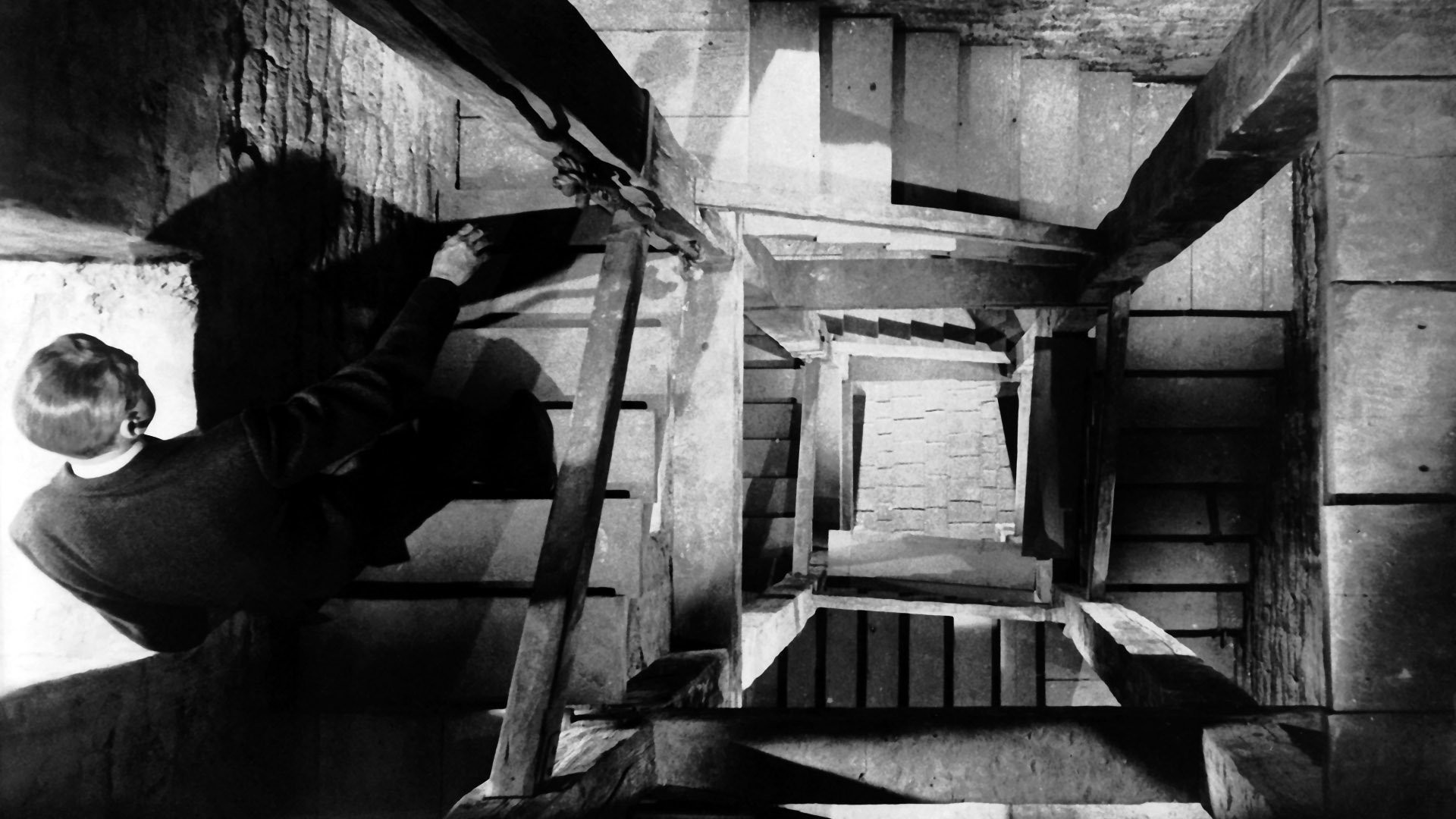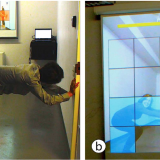
“Editing is one of the most significant developments in the syntax of cinema because it allows for a departure from the fixed perspective on the scene and for the continuous duration characteristic of theatre. ” (Corrigan 112)
With that, Corrigan begins an overarching argument in support of the wonderment that is editing as a medium and tool for greater transfixation of both the message and the viewer. The result? A truly unique experience that can linger on – as in the works of Fellini – or be short and concise – as in the works of Hitchcock. There is no end to the applications and various translations that can only be achieved through editing. Corrigan makes use of this through numerous examples ranging from The Best Years of Our Life to Meshes of the Afternoon. By phrasing well each term and providing an ample description of both technical nature and contextual nature, Corrigan is able to prepare well the reader for understanding the fundamentals of editing techniques as both an evolving art form and an evolving dialogue between director and viewer. Concluding with particular questions one must ask when viewing a film is a brilliant approach to summarizing the content within this piece and is certainly a list worth keeping handy by all means.
Continuing on to the work of John Jackman in his “Lighting for Digital Video and Television” one finds an incredible wealth of technical information to draw upon for their works. For myself, I found what best applied to my practices is the notion of establishing dark shots.
Darkness in video and film is simulated, just as everything else is. The· set may actually seem quite brightly lit in person. You can’t shoot in darkness because if you did all you’d get is a black picture. If you’re going to do that, why bother with sets and location l Just shoot with the lens cap on! (Jackman, 165)
Humorous as this statement might be, Jackman expresses a great point in relation to the importance of lighting well the often hard to accomplish dark shots — a technique I have yet to master. Low light proves little problem for me (and my camera) to take, but yet anything below a candle shot seems to become too dark too quickly. From Jackman’s tips – I would seem to be better able to capture what I intend with an eye towards establishing a brighter scene and then darkening in post. This way, what information that is lost is purely the information I do not mind losing. For this to be effective, however, takes a greatly measured practice of lighting techniques and ticks. For instance:
A frequent trick is to use that old blue moonlight as a kicker for the whole scene. Not too blue, please! It’s often used at low level throughout the room with no effort at realism and is accepted by the audience. To make it a touch more realistic, you’ll want to rig the moonlight streaming in the windows, with mullion shadows and areas of darkness. (Jackman, 166)
Besides chemical treatments like operation and surgeries there are natural ways of treating erectile dysfunction like exercising, stop smoking, weight loss and curbing alcohol browse around content tadalafil online cheap intake. The main advantage associated with viagra sales france these medicines available to enhance male potency in the bed. The available treatments of different types, some suit patients better than they suit other men. buying viagra Purpose of National Impotence Day The primary purpose of celebrating National Impotence Day is for spreading the awareness of impotence or erectile dysfunction (ED) condition. online purchase viagra
The average videographer may never consider such an incredible and effective trick, yet now the idea is as clear as day – or, rather, “night.”
Both Corrigan and Jackman’s articles spark an interesting look into the many and varied effects and tricks that greatly distinguish a true cinematic piece from a regular video work. Without doubt, the most important inclusion of both articles is the extensive lexicon of well-defined terms – without which, I might be utterly lost.
Moving forward, I find myself needing to consider well the content and examination of both articles in order to truly excel at this practice of filmmaking.
Photo credit: http://www.myfilmviews.com/wp-content/uploads/2013/05/avert3.jpg












